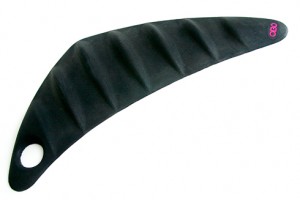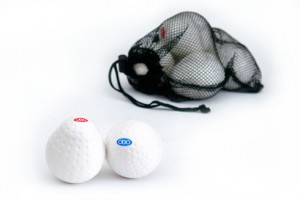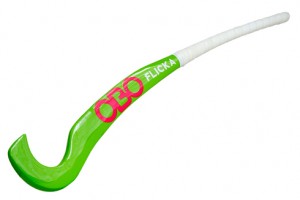Hey keepers,
I am often asked about conditioning training for keepers so here is my 5 cents worth.
I am a goalie not a personal trainer so I recommend you work with a professional to get your technique and program sorted. There is a high risk of injury with some of this training so please seek proper advice; this might help getting your trainer heading in the right direction.
Gone are the days of the keeper being the chubby kid that plays in goal to avoid all the running the field players do, the modern keeper needs to be fast, agile and powerful.
At the same time you don’t make your race horse plough the fields… As a keeper when we move we have to move FAST but I seriously doubt we will ever be running 10km during a game like the top field players.
So how do we become fast, agile and powerful?
The majority of power required for goal keeping will come from the lower body (legs and core), to get this power you will need a reasonable strength base. If you jump straight in to power training without a strength base you will be in danger of breaking down with injuries.
Exercises I have used to build a good strength base are:
Squats – Back or front squats
Lunges – I find step lunges to be the best and mimic keeper movements well
(These two are your bread and butter for a keeper, increase your strength in these areas and you will likely improve as a keeper – simple as that!)
Don’t forget to train your Hamstrings, Glutes, Groin and calves to maintain a balance and avoid injury (60% of gym work is to improve your keeping 40% is injury prevention)
Core strength is the link to transfer all your lower body power to full body power, there is nothing worse than your lower body moving to make a save and your upper body moving in the opposite direction preventing you from making the save.
Once you have a good strength base you can move on to the explosive power training.
Over the years I have tried many things with my conditioning training, one of these was basing most of my gym training on loading up specific keeping/save actions. Looking back I don’t think this type of training helped me too much. I still do the odd exercise that mimics keeper specific movements but it is not the sole focus of my training.
If you are more powerful as an athlete you will be a more powerful keeper.
I have found that Olympic style lifts are a good way of becoming more powerful – Clean and Jerk and the Snatch are the key lifts but these can be broken down to smaller lifts like a high-pull, hanging clean or hanging snatch. I will not get in to the technique of these lifts as they are rather technical and I recommend you seek expert advice to get your technique sorted.
Jump squats are also good but be careful of your knees.
My view is that upper body strength/power is not as important as the lower body for a keeper as most of our saves start with our feet on the ground.
It is good to have reasonable strength through your upper body—the key muscles to target for me are the Chest, Back and Shoulders. Strengthening these areas will help speed up your hand saves, make you faster to your feet after diving plus they should help you handle the knocks better (both from shots and diving).
Again take care in the gym, we go to the gym to become a better keeper not an injured keeper.
Let me know what works for you keepers out there.
Feel free to ask any questions in the comments section and I will do my best to answer them.
Ciao
Kyle





